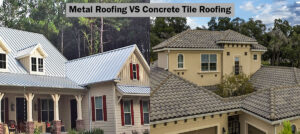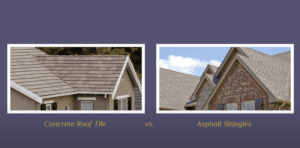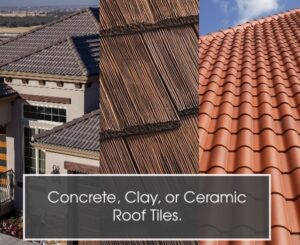Roof tiles have been a staple of roofing materials around the world for centuries, offering durability, aesthetic appeal, and weather resistance. In Canada, where climates can range from frigid winters to humid summers, roof tiles have gained popularity for their ability to withstand diverse weather conditions while enhancing the visual appeal of homes and buildings. This article provides a comprehensive overview of the use of roof tiles in Canada, exploring their advantages, popular types, regional considerations, and environmental impact.
Advantages of Roof Tiles:
Roof tiles offer several advantages that make them an attractive choice for Canadian homeowners:
- Durability: Roof tiles are known for their exceptional durability, with lifespans ranging from 70 to 100 years or more. This longevity makes them a cost-effective investment, as they require less frequent replacement compared to other roofing materials.
- Weather Resistance: Canada’s climate can be challenging, with heavy snowfall, freezing temperatures, and strong winds. Roof tiles, particularly materials like concrete, clay, and slate, are well-suited to these conditions, offering excellent resistance to moisture, frost, and wind damage.
- Energy Efficiency: Certain types of roof tiles, such as clay and concrete tiles, have thermal properties that can help regulate indoor temperatures and reduce heating and cooling costs. By reflecting sunlight and minimizing heat transfer, roof tiles contribute to energy efficiency and comfort year-round.
Popular Types of Roof Tiles in Canada:
Several types of roof tiles are commonly used in Canada, each offering unique benefits and aesthetic qualities:
- Concrete Tiles: Concrete roof tiles are a popular choice in Canada due to their durability, affordability, and versatility. They are available in a wide range of colors and profiles, making them suitable for various architectural styles. Concrete tiles are also lightweight, making them easier to install and transport compared to other materials.
- Clay Tiles: Clay roof tiles offer timeless beauty and exceptional longevity, making them a favourite among homeowners seeking a classic, European-inspired aesthetic. While typically more expensive than concrete tiles, clay tiles are prized for their natural warmth and character. They are also non-combustible, making them a suitable choice for areas prone to wildfires.
- Slate Tiles: Slate roof tiles are renowned for their elegance and durability. While less common than concrete or clay tiles, slate tiles are prized for their distinctive appearance and long-lasting performance, particularly in regions with abundant slate deposits. Slate tiles are also fire-resistant and require minimal maintenance, making them a popular choice along with Clay Tile for high-end homes and heritage properties.
Environmental Impact:
Roof tiles have both environmental benefits and considerations:
- Longevity: The durability and longevity of roof tiles reduce the need for frequent replacement, resulting in less material waste over time. Additionally, materials like clay and concrete tiles are often recyclable at the end of their lifespan, further reducing environmental impact.
- Energy Efficiency: Certain types of roof tiles, such as clay and concrete tiles, contribute to energy efficiency by reducing heating and cooling costs through improved insulation and solar reflectance.
- Resource Consumption: The production of roof tiles, particularly clay and concrete tiles, requires significant energy and resources. However, advances in manufacturing technology have led to more sustainable production practices, including the use of recycled materials and energy-efficient kilns. Most factories have extensive energy reuse programs which dramatically reduce the amount of wasted energy.
- Green Roofing: Clay and Concrete tiles are the original Green roofing material. For well over a thousand years, clay tiles have been reused and recycled into other products after their intended use is finished. Today, we regularly see clay and concrete tiles removed from a home scheduled for demolition only to be used again for repair and restoration of another roof.
Conclusion:
In conclusion, roof tiles offer numerous advantages that make them a popular choice for Canadian homeowners and builders. From their durability and weather resistance to their energy efficiency and aesthetic appeal, roof tiles provide a versatile and sustainable roofing solution for diverse climates and architectural styles. By understanding the benefits, types, regional considerations, and environmental impact of roof tiles, homeowners and professionals can make informed decisions that enhance the performance, beauty, and longevity of Canadian homes and buildings. To learn more about Clay, Concrete and Stone roofing products, contact the Tile Roofs Canada sales team at 888-817-7668.





